Your Yearly Tarot Map: A Practical Guide to Charting Your Course
I still remember my first real Tarot deck. It wasn’t some flimsy thing from a big box store; it was a well-loved, classic illustrated deck I found in a dusty little shop that smelled like incense and rain. The woman who ran the place told me, “These aren’t for telling fortunes. They’re for telling truths.” That single piece of advice has been my north star ever since.
In this article
As a professional reader for a long time now, I can tell you that Tarot isn’t about predicting a future that’s set in stone. It’s a craft. Think of it as a tool for having a deep and honest conversation with yourself.
It makes sense that people get curious about Tarot at the start of a new year. We all want a little peek at what’s around the corner. But a list of predictions is way less useful than a good map. A yearly reading gives you a map of the landscape ahead—it shows you the potential mountains to climb and the clear rivers you can follow. It empowers you to make better choices. This guide is all about how you can create that map for yourself for the next twelve months.
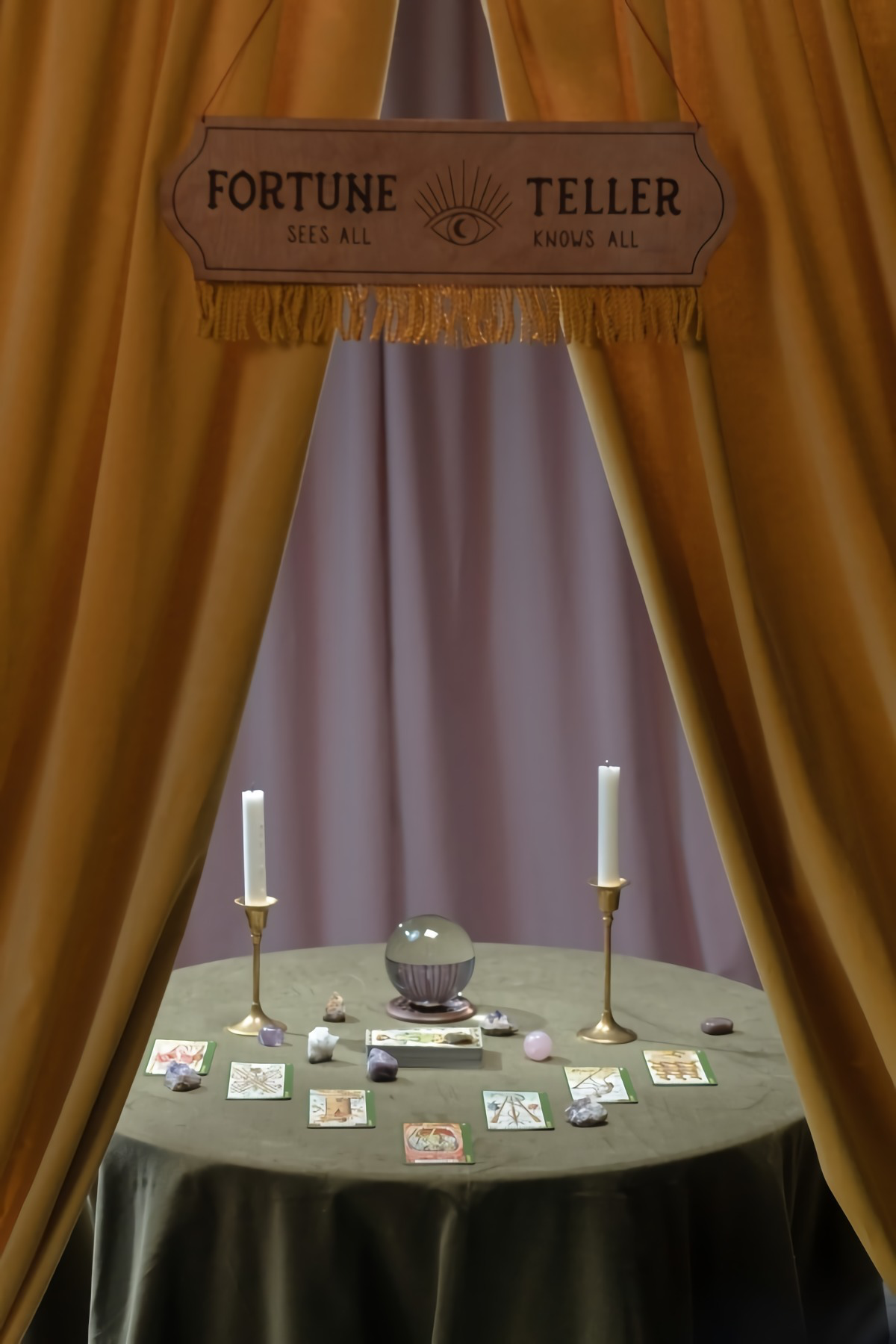
So, How Does This Even Work?
Before we dive in, let’s talk about the “why” behind it all. It’s not just random magic, I promise. There’s a deep psychological foundation at play. Early psychological theories explored the idea of “archetypes”—these are universal symbols and characters that pop up in all our human stories. You know them already: the hero, the wise mentor, the trickster. The 78 cards of the Tarot are basically a visual library of these archetypes.
The Major Arcana cards, like The Fool or The Empress, represent big, overarching life lessons. The Minor Arcana cards show you the everyday situations where those lessons play out.
When you shuffle the cards with a question or intention, you’re tapping into your own subconscious mind. It’s a process some experts call “synchronicity,” where an outer event (like drawing a card) has a meaningful connection to your inner world. The cards you pull aren’t random; they reflect the energies, hopes, and fears you’re already carrying. They just bring it all out into the open so you can actually see it. Understanding this takes the fear out of Tarot. You’re not summoning anything spooky; you’re just using a language of symbols to understand your own journey.
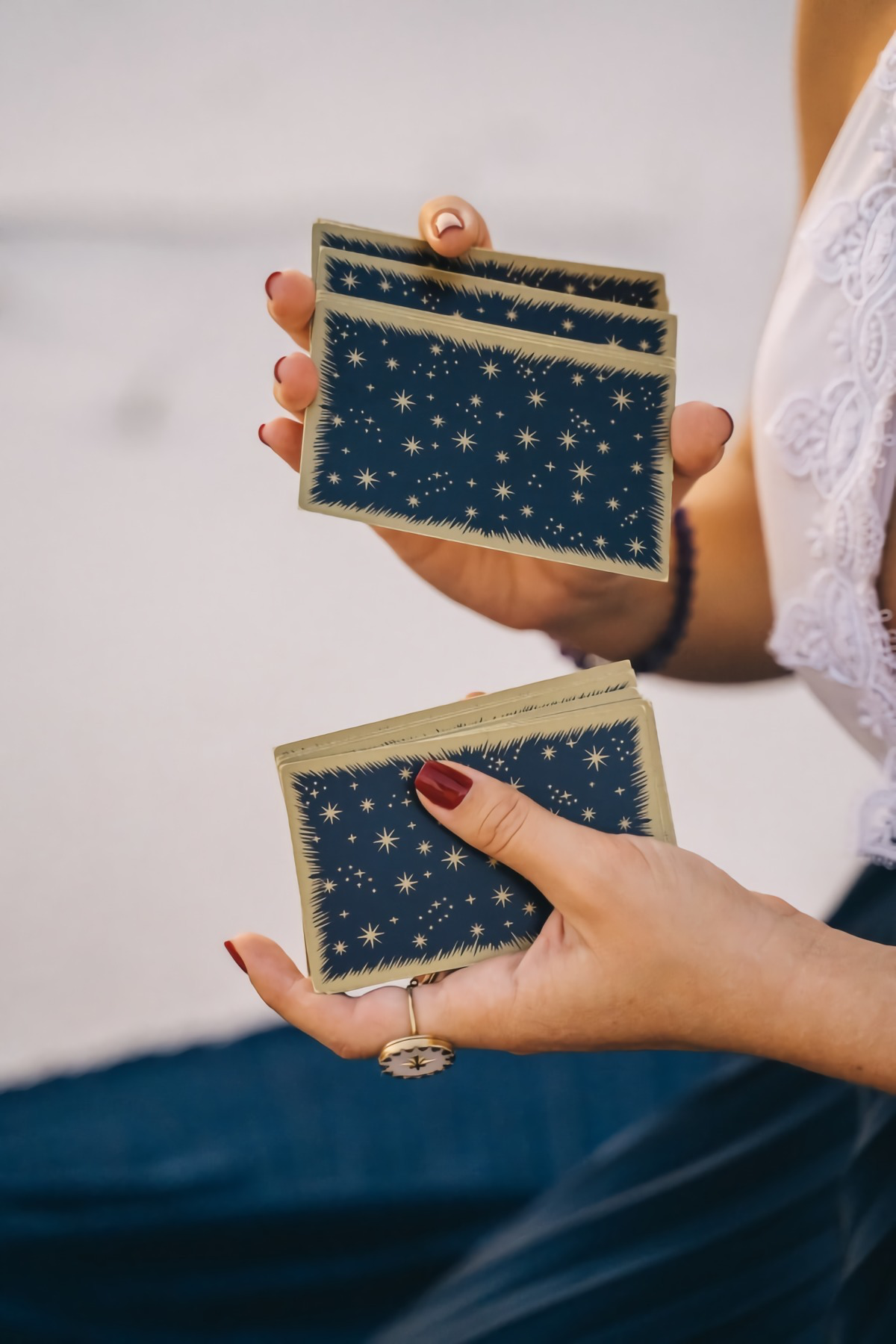
My Go-To Method for a Yearly Reading
A truly insightful reading is more than just yanking cards from a deck. It’s a ritual of focus and intention. Here’s the method I’ve honed over the years that is both practical and gets clear, helpful results.
Your Yearly Reading Toolkit
First things first, you need your tools. It’s pretty simple, really. All you need is:
- A Tarot Deck: For beginners, I always recommend starting with a classic, illustrated deck (the kind with pictures on every card). The imagery is direct, and almost every guidebook and online resource uses it as the standard. You don’t have to break the bank, either. A quality deck that will last for years usually costs between $20 and $30 at bookstores, online, or a local metaphysical shop. Good to know: The feel of the card stock matters. A sturdy deck just feels better and holds up to all the shuffling you’ll be doing.
- A Notebook & Pen: Trust me, you’ll want to write things down.
- Quiet Time: Set aside at least an hour where you won’t be disturbed. You can’t get clear answers if you’re rushed or distracted.
Once you have your deck, make it yours. Some people wrap their cards in a silk cloth or keep them in a special wooden box. The point isn’t superstition; it’s about creating a mental cue. When you unwrap your cards, you’re telling your brain, “Okay, it’s time to focus.” Before a reading, especially if the cards feel a bit stale or “muddy,” it’s a good idea to cleanse them. You can just shuffle them really well, or even give the deck a firm knock to symbolically clear out old energy.
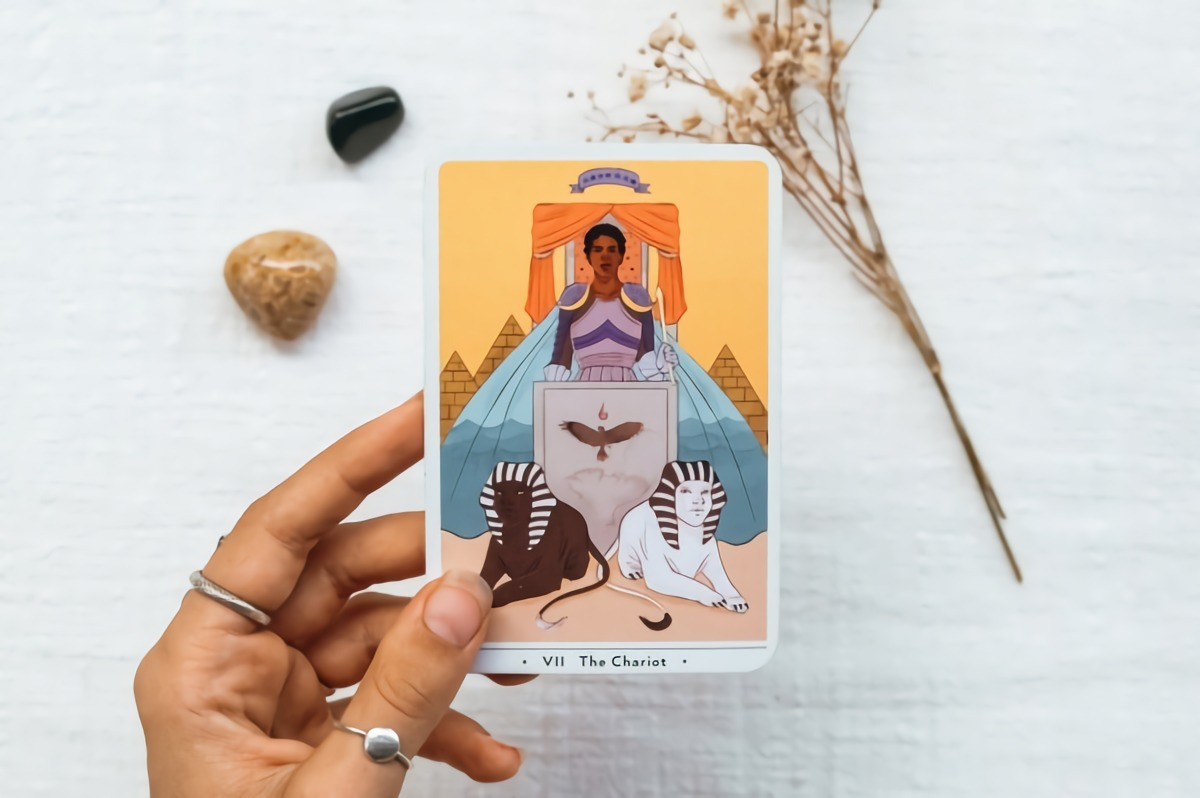
Setting the Stage (and Your Mind)
You can’t get a clear signal through a lot of static. Before you even touch the cards for a yearly reading, take 15 minutes to quiet your mind. Light a candle if you like, but it’s not required. Just sit, breathe deeply, and let go of your to-do list. You’re creating a calm space for insight to show up.
Next, get clear on your intention. A vague question like, “What will happen this year?” will get you a vague answer. Try something more empowering, like: “Show me the main energies, challenges, and opportunities I should be aware of this year for my highest growth.” This frames the reading as guidance, not a set-in-stone prediction. Hold that thought as you start to shuffle.
The Clock Spread for the Year Ahead
The shuffle is where you infuse the deck with your energy. There’s no right or wrong way, but a simple overhand shuffle works great and is gentle on the cards. Shuffle until it just… feels right. By the way, if a card happens to jump out of the deck while you’re shuffling, pay attention to it! Many readers see these “jumper” cards as an extra-loud message.
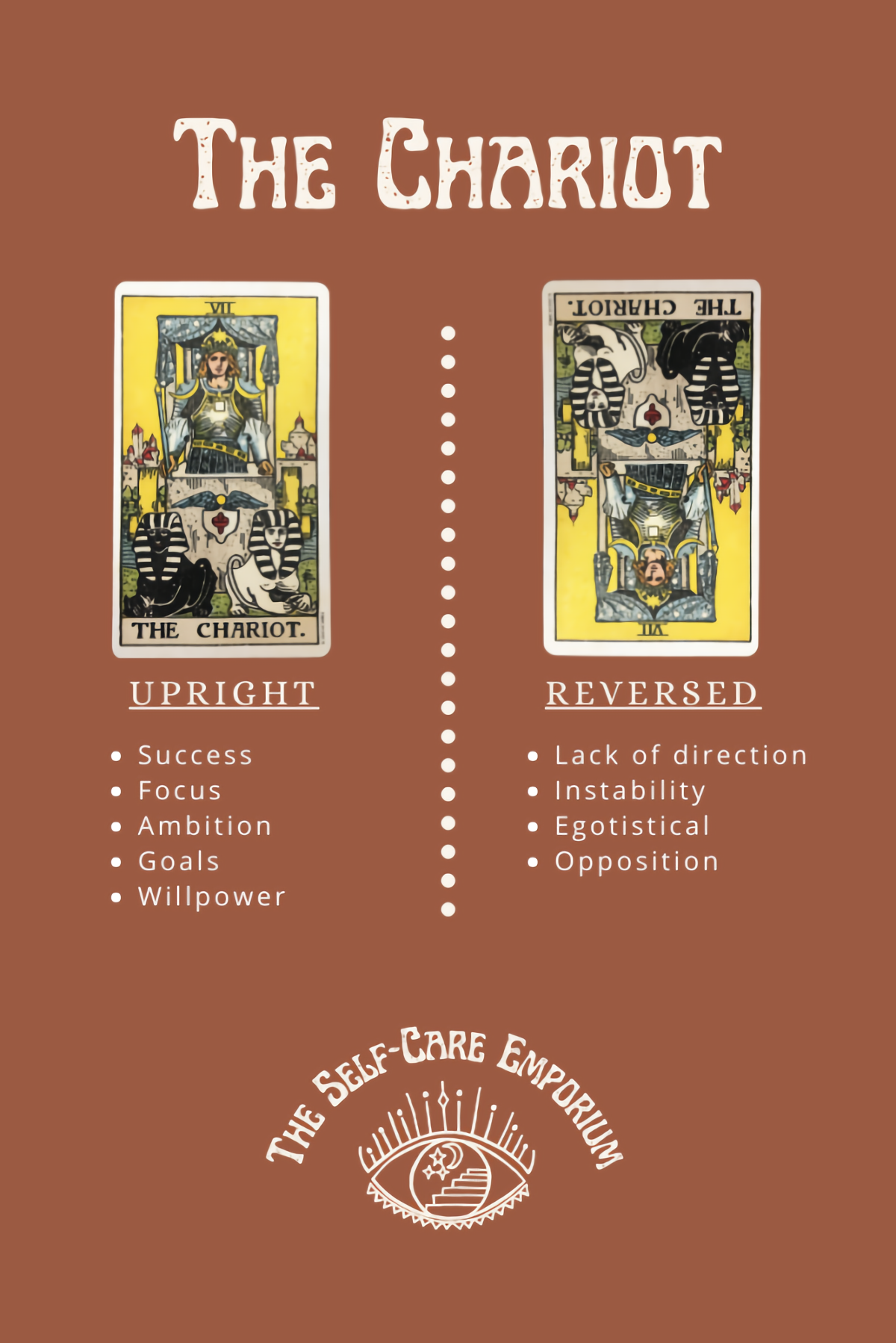
For a yearly reading, I love the classic 13-card “clock” spread. After you’re done shuffling, lay twelve cards face down in a big circle, just like a clock face. The first card goes at the 1 o’clock spot (for January), the second at 2 o’clock (for February), and so on. Then, place the thirteenth card right in the middle. This one is the big one—it represents the overall theme of your entire year. It’s the lens through which you’ll view all the other cards.
Putting It All Together: An Example Reading
Okay, let’s make this real. Imagine you do your spread, and the card in the center—your theme for the year—is The Chariot. A beginner might just see “victory!” and call it a day. But the real craft is in digging a little deeper.
In the classic deck’s imagery, a confident figure stands in a chariot, but he holds a wand, not reins. This is your first clue: his control comes from willpower, not brute force. The two sphinxes pulling the chariot are black and white, representing opposing forces—logic and intuition, action and rest. The Chariot’s lesson is that true progress comes from uniting these opposites within yourself.
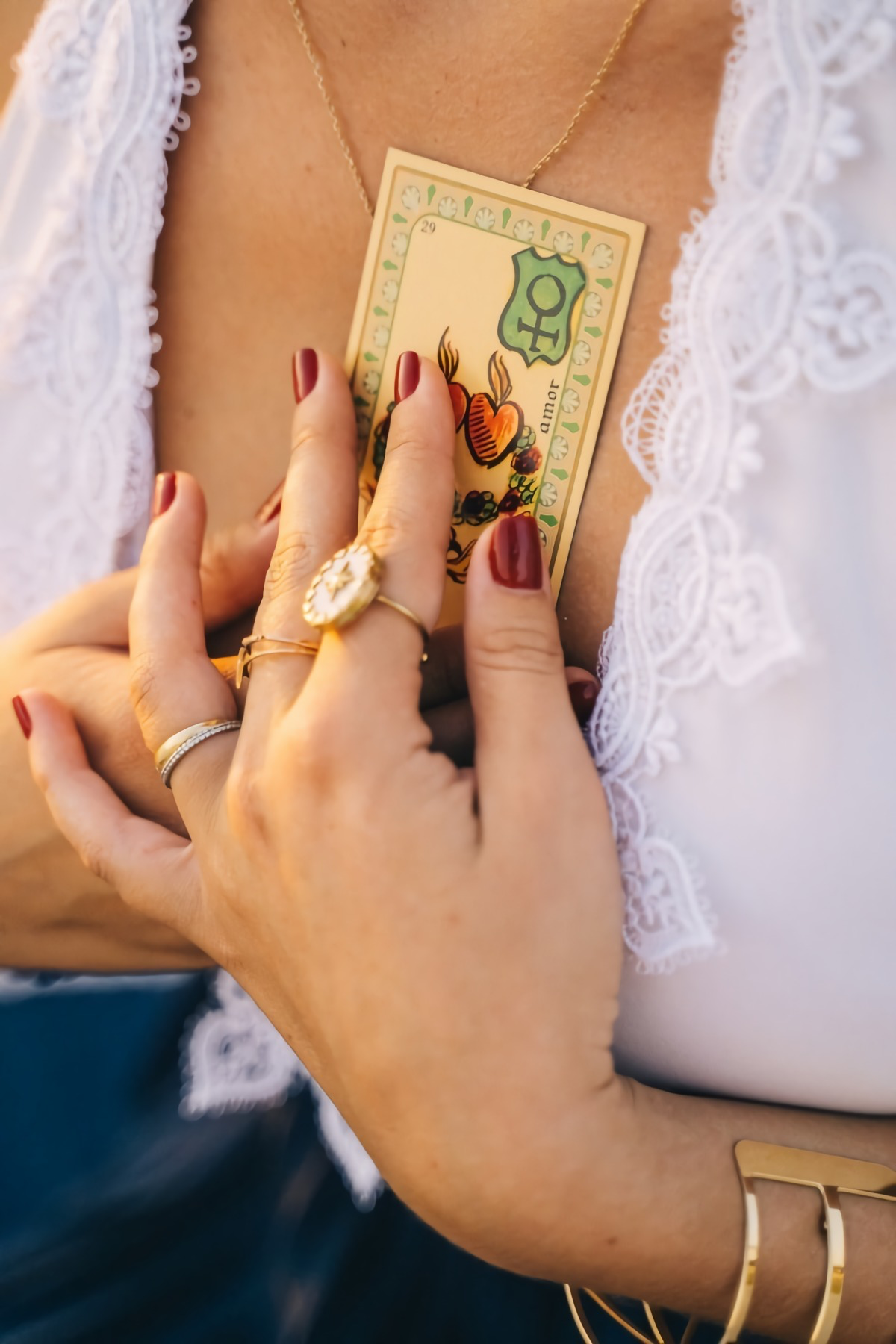
So, a year themed by The Chariot is about focused action, discipline, and setting clear goals. But it’s also a warning against being reckless. Your main challenge will be maintaining that inner balance.
Connecting the Dots: Reading the Monthly Cards
Now, how do the monthly cards fit in? This is where the story really comes to life. You read them in the context of your main theme.
Let’s say for January (1 o’clock), you pull the Two of Wands. This card is all about planning and looking out at the horizon. See the connection? The Chariot gives you the willpower, and the Two of Wands tells you how to use it in January: plan your journey. This is the month to make your master plan before you start charging ahead.
What if you get the restful Four of Swords for April? This is a clear sign to schedule a break. A skilled Charioteer knows that strategic rest is just as crucial as forward momentum. It’s a reminder to recharge so you don’t burn out.
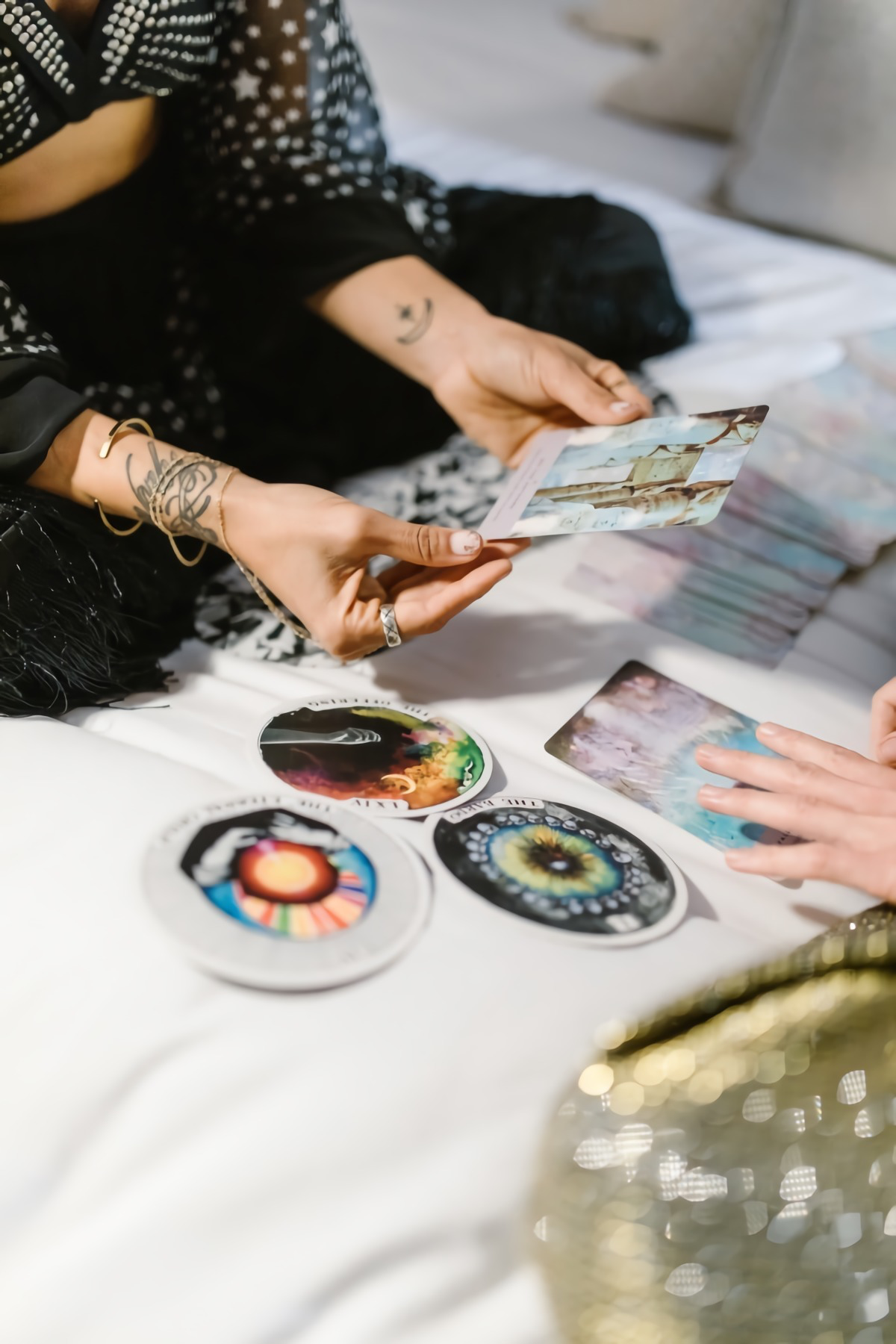
See how it works? Each monthly card gives you specific advice on how to navigate the year’s bigger theme.
Heads Up! Common Beginner Traps to Avoid
As you’re learning, it’s easy to fall into a few common traps. Here’s what to watch out for:
- Reading cards in a vacuum. Don’t just look at one card and stop. Look for the story. How does March’s card flow from February’s? Are you seeing a lot of cards from one suit (like Cups, which points to emotions, or Swords, which points to thoughts and challenges)?
- Freaking out over “scary” cards. So you pulled The Tower or Death? Take a breath. These cards are rarely literal. Death almost always points to a major ending that’s making way for a new beginning. The Tower signals a sudden, necessary change that clears away something that wasn’t working anyway. They are signposts for transformation, not doom.
- Forcing an interpretation. If a reading feels confusing or just doesn’t click, don’t force it. My first teacher taught me to just write down the cards and my initial thoughts, then put it away for a day. The meaning often becomes crystal clear with a little time and distance.
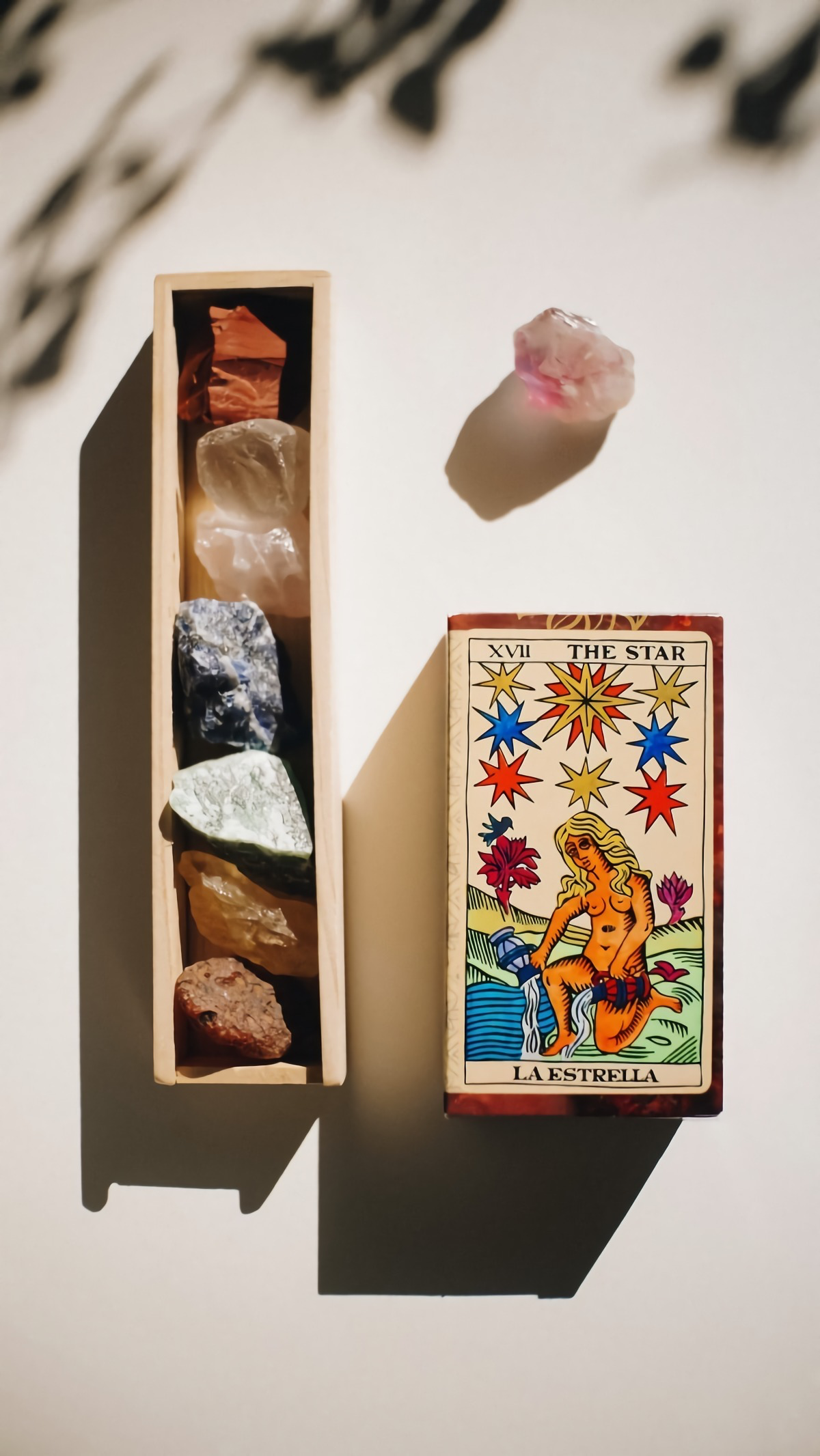
Making Your Reading a Living Guide
So, you’ve done the reading. Now what? Don’t just forget about it! This is your map, and you need to use it.
Here’s a little system that works wonders. First, take a picture of the full spread on your phone. Then, in your notebook, write down each card’s position and your initial feelings about it. What was your gut reaction? What story do you see?
Here’s the pro tip: Set a recurring calendar reminder for the first of each month. When it pops up, pull out your notes and look at the card for that month. Does it make more sense now? How can you use that energy to guide your choices for the next 30 days? This is how your reading becomes a dynamic, helpful partner for the whole year.
And always, always remember: the cards show potentials, not a fixed fate. A reading is like a weather report. If it says rain is likely, you can bring an umbrella. You are always the Charioteer, and you hold the power to steer. The cards are just a very good map.
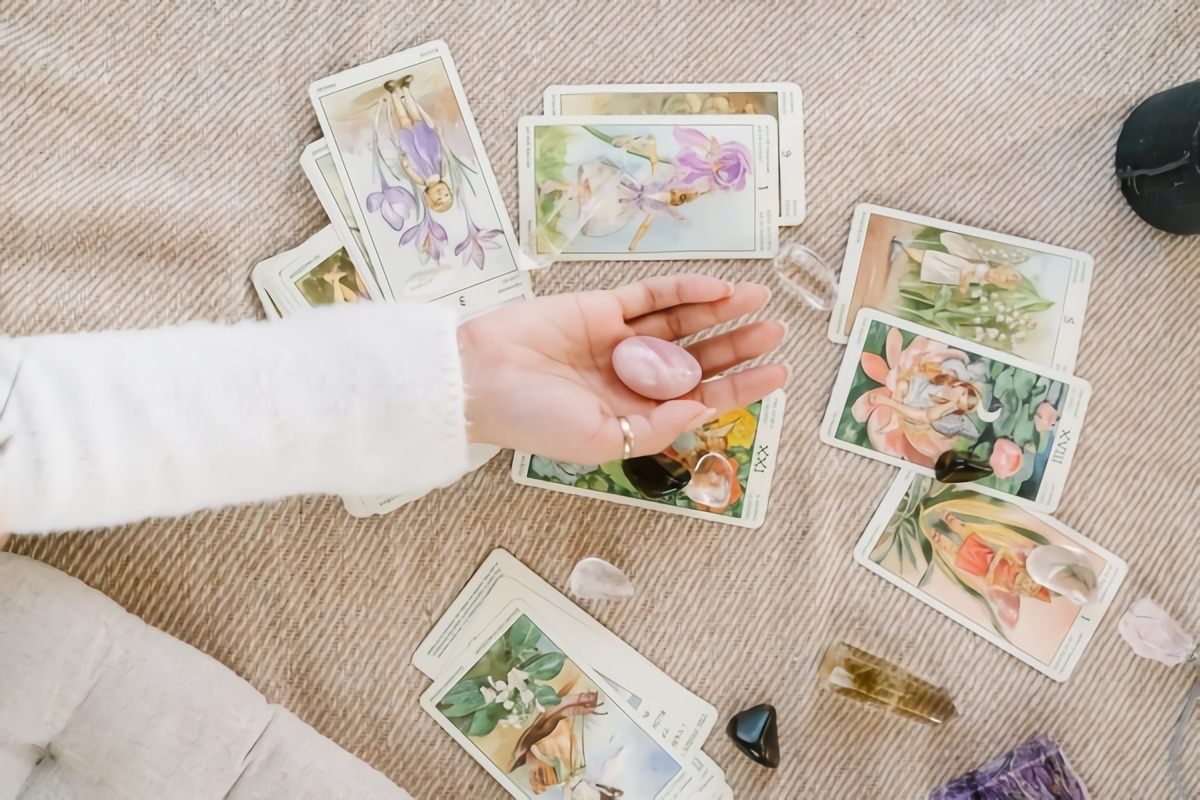
Now it’s your turn! If you feel called to, try a single-card pull for your own yearly theme. I’d love to hear what your year is about in the comments below!
Inspiration:
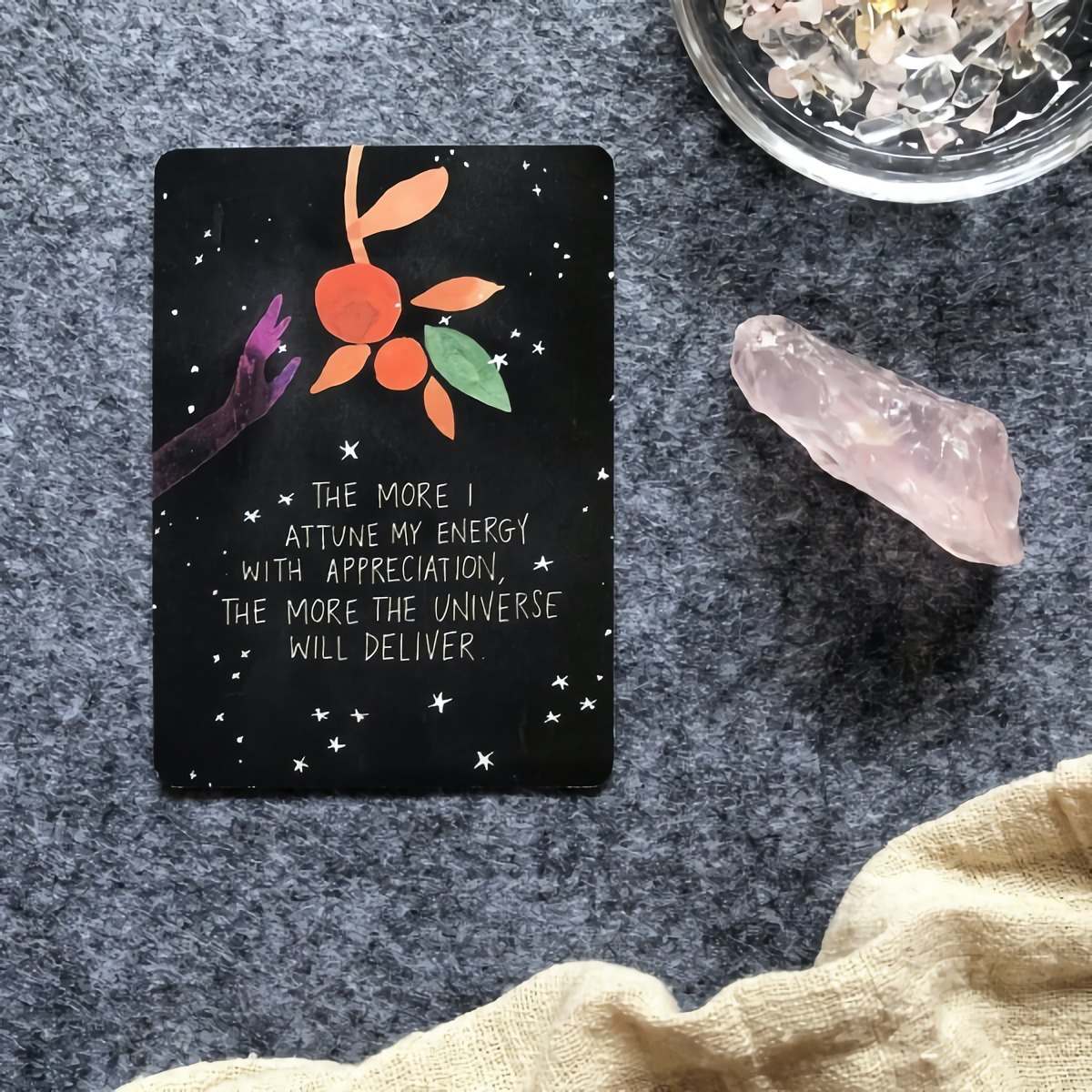
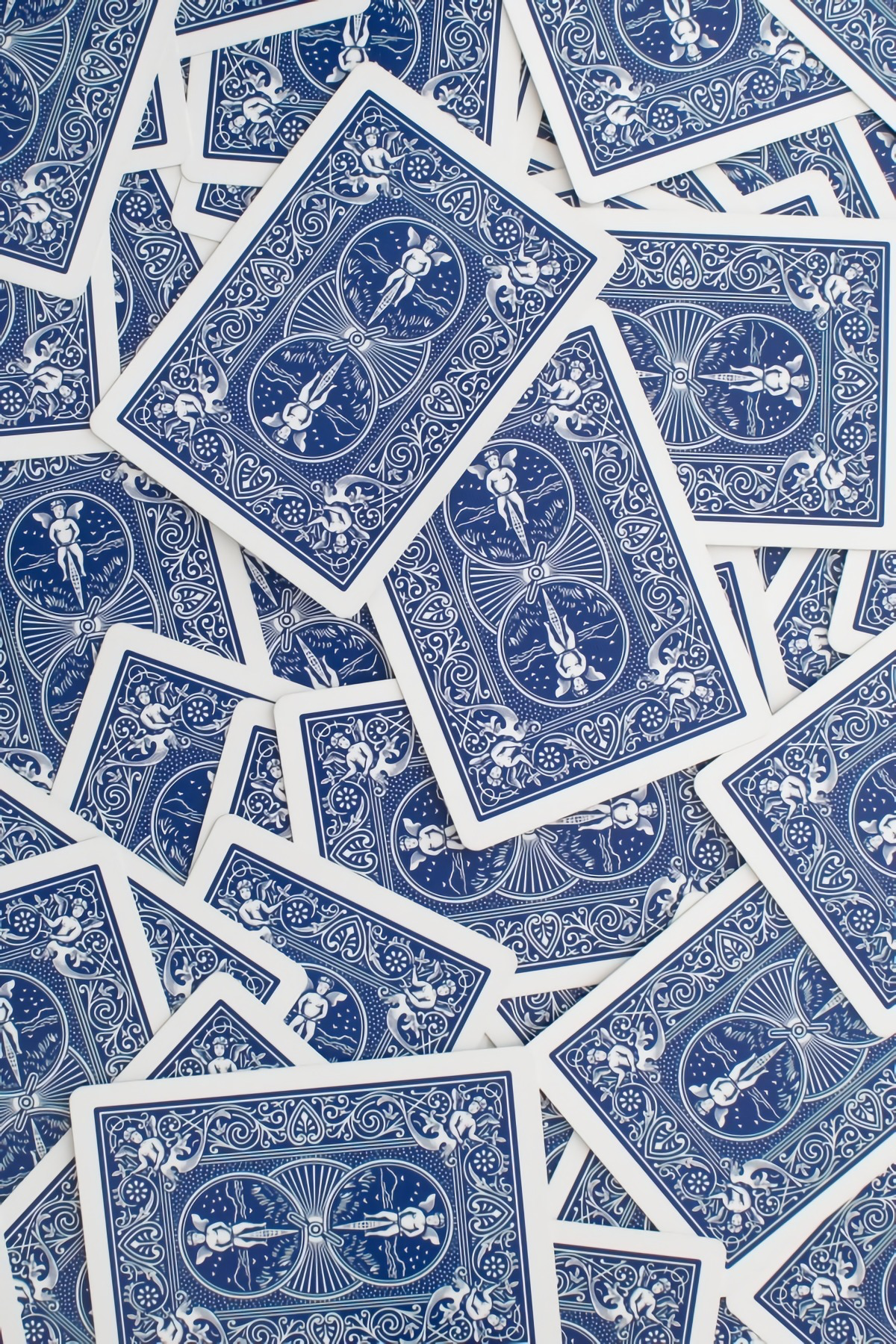
How do I create the right atmosphere for my yearly reading?
Think of it as setting the stage for a meaningful conversation with yourself. It doesn’t require elaborate ceremony, just simple intention. Find a calm time where you won’t be interrupted. You might light a specific candle—lavender for intuition, sandalwood for grounding—or burn some palo santo to clear the energy. Simply taking three deep, slow breaths before you shuffle can shift your mindset from the daily hustle to a state of focused introspection. The goal is to make your physical environment match the inner quiet you’re seeking.
For the Traditionalist: The Rider-Waite-Smith Deck. This is the deck most beginners start with, and for good reason. Its iconic illustrations, created by artist Pamela Colman Smith, are so descriptive that you can often grasp a card’s core meaning just by studying the image.
For the Modern Mystic: The Wild Unknown. A cult favorite by Kim Krans, this deck replaces human figures with stunning, minimalist illustrations of animals and nature. It’s deeply intuitive and perfect for those who find their truth in the natural world rather than classical archetypes.
Ultimately, the best deck is a personal choice. Trust the one whose art speaks directly to your soul.










